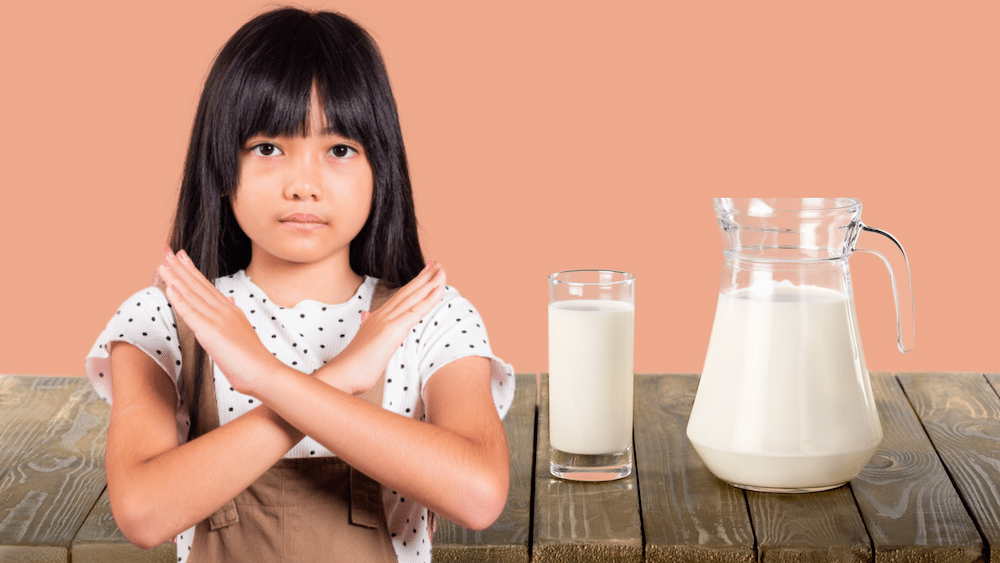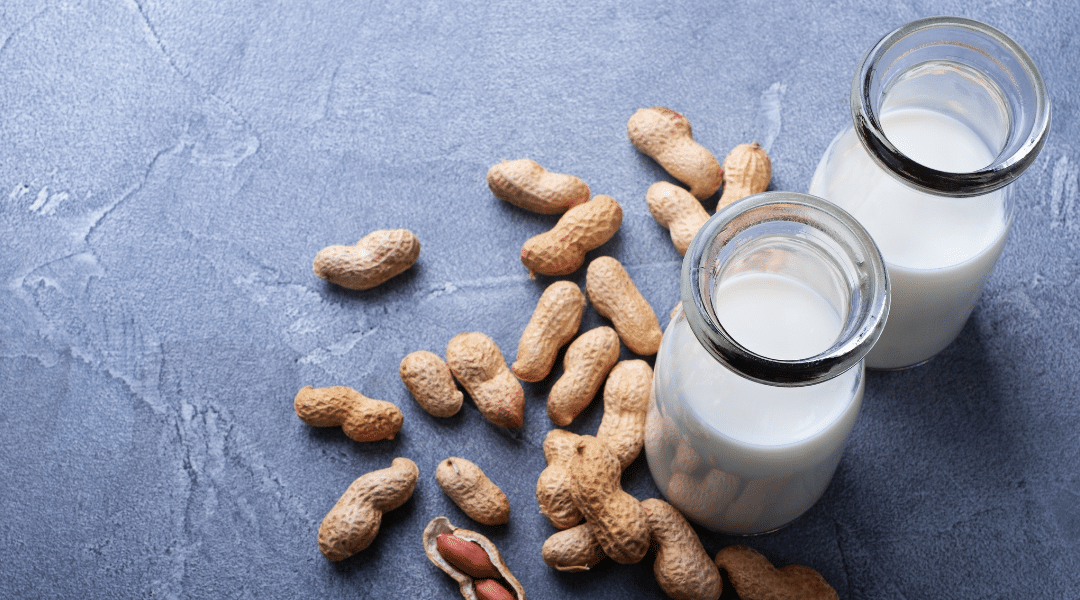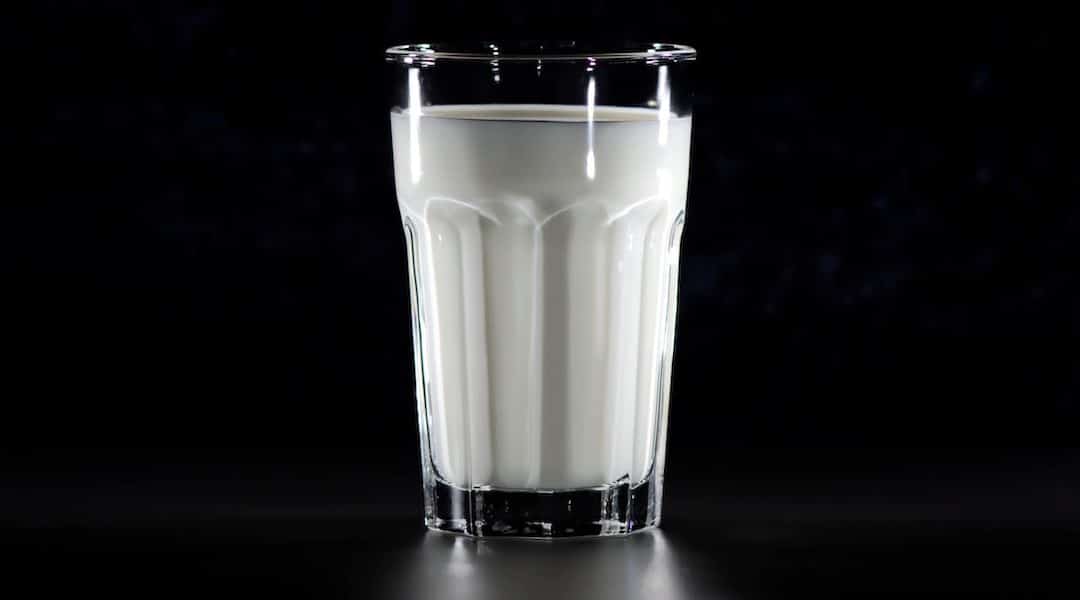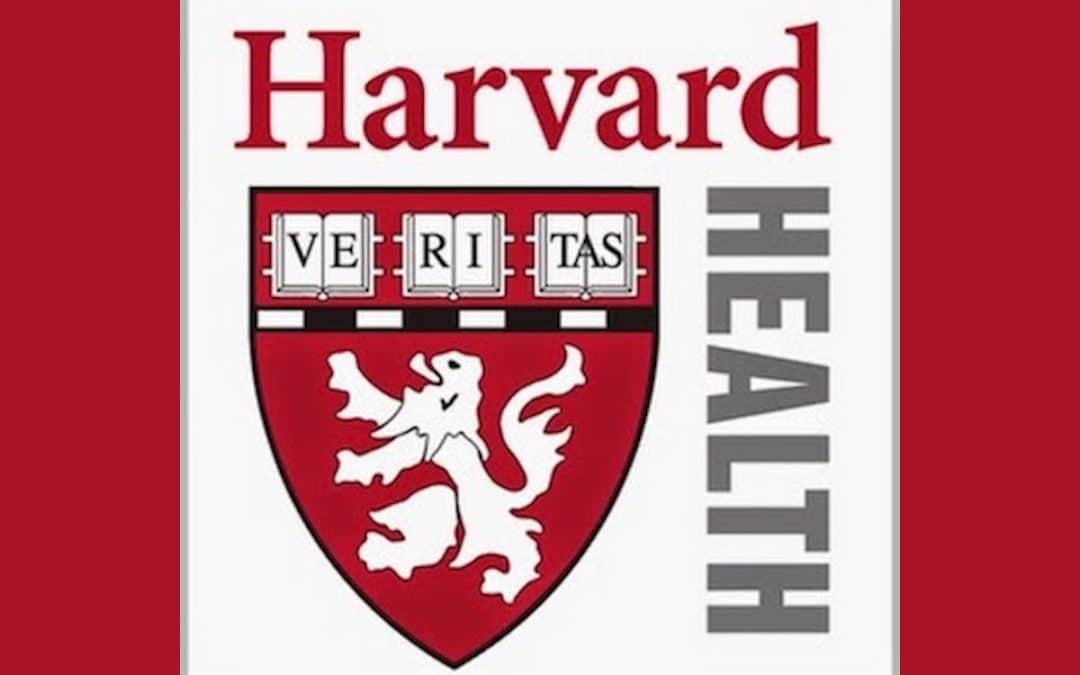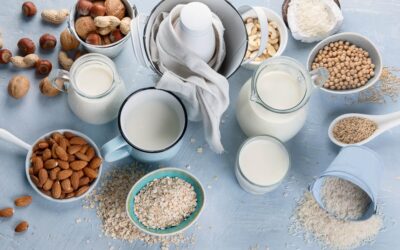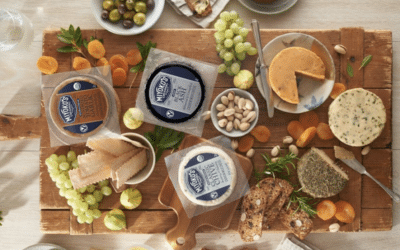Cheese: Why do so many American households find cow’s milk essential? Of course, dairy is labeled as a food group within in the USDA Dietary Guidelines, and milk products have become increasingly commonplace within the American food supply, but has it always been this way, and do our bodies truly need it? Put simply, no. The concept of cow’s milk as a health food and its prominence in our culture is the result of decades of marketing, and a review of America’s history proves the point. However, it’s rare you’ve heard this part of history in school.
Cow’s milk was not a staple in the American diet prior to World War I. During the war, the American government started to send large quantities of powdered and canned milk to soldiers overseas. In response, American farmers increased their dairy production, often eliminating other methods of farming to focus solely on dairy production. Yet, when the war was over and the demand had run dry, the dairy industry continued its steady flow. After spending significant time, money, and resources to produce so much milk, farmers balked at the idea of returning to their means of living, so the government decided to persuade its citizens to drink more cow’s milk.
This resulted in nationwide ad campaigns and school programs, effectively promoting cow’s milk across all levels of American society. New nutrition school programs advised students to drink four glasses a day, and in 1946, the National School Lunch Program, a meal assistance program for low-income children, mandated that every child receive a carton of whole milk with their free or low-cost lunch. This program still requires milk to be served, though schools now have the option of providing cow’s milk in a variety of fat contents, such as 1 or 2 percent (1).
Despite this promotion, the country’s cow’s milk production was still outpacing demand in the 1940s and 50s, so the federal government agreed to buy this excess milk. The milk was sent to schools, the military, and overseas as nutrition aid. Although, as 65 percent of the global population is lactose intolerant, this aid may have done more harm than good (2).
Even with this federally-funded distribution, America was still drowning in cow’s milk, which was stored as cheese, butter, and dried milk in underground warehouses. As the surplus increased over the decades, by the 1980s, the government was spending $2 billion a year purchasing unwanted milk. The Reagan Administration put an end to this in 1981, but instead of shutting off the supply, it decided to give it away. In an attempt to bolster struggling American families from the previous recession and get rid of the pungent “government cheese,” President Reagan gave an order to free 30 million pounds of this salty, slowly decaying dairy via the Temporary Emergency Food Assistance Program (3).
President Reagan’s decision to eliminate the government purchasing of surplus dairy left dairy farmers without significant income, so the industry lobbyists convinced Congress to enter into the dairy checkoff program, which still exists today. Farmers pay into the program in exchange for the government’s aggressive, multi-million dollar marketing efforts. The USDA partners with large-scale fast-food concepts to increase dairy-centric items on their menus. Partners include Domino’s, Starbucks, Taco Bell, and more. One of the most infamous campaigns resulted in Domino’s new cheese pizza with 40 percent more cheese – or two-thirds the daily recommended amount of saturated fat on just one slice of pizza. It is also responsible for Pizza Hut’s Stuffed Crust Pizza and Taco Bell’s steak quesadilla (4).
Ironically, the USDA also uses the dairy checkoff program proceeds to fund campaigns aimed at nutrition, weight loss, and athletic performance. The iconic “Got Milk?” ads of the 1990s and early 2000s were part of these campaigns, featuring athletes and celebrities accomplishing amazing feats, all sporting a cow’s milk mustache. In light of the growing popularity of the plant-based milk market, the campaign has recently been revitalized by the California Milk Processing Board to specifically target millennial families, attempting to win back its faltering consumer base.
The new USDA Dietary Guidelines are due for an update in 2020, and though many non-profit organizations have lobbied for change in regards to the meat and dairy recommendations, the industry’s economic dominance of the political landscape will likely deflect any major changes to these recommendations. Chairman of Harvard University’s Department of Nutrition told Vox, “The dairy industry has become a very powerful economic force.” When asked his thoughts about changes to the guidelines, he stated, “I think it is impossible at this point and time, because the political forces would not allow for the daily recommendations to say anything about meat or dairy consumption (5).”
Cow’s milk is not a health food – it’s a well-funded and strategic national marketing campaign that has become increasingly refined to target consumers over the decades. There are countless other dairy-free foods that offer the same – if not superior – nutritional benefits. Think fruits, vegetables, legumes, and most dark leafy greens. For delicious recipes that will actually fuel your workouts, check out our recipe page.
References for Cheese: A Brief History and the Origins of Why Americans Can’t Get Enough:
1) USDA Food and Nutrition Service
2) National Institute of Health
3) History
4) New York Times
5) Vox


